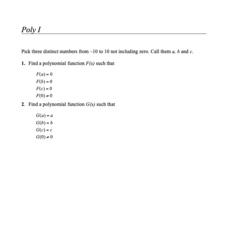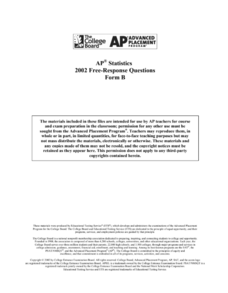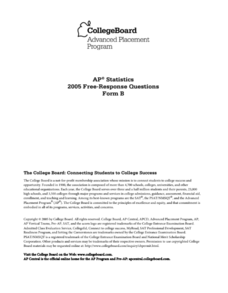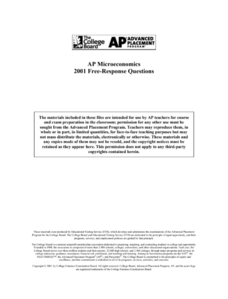Shakespeare Globe Trust
Much Ado About Nothing
Love, deception, witty bante—that's much ado about a lot! As learners navigate the resource, they view an interactive character map and read character biographies from Shakespeare's Much Ado About Nothing. Pupils also listen to...
National Endowment for the Humanities
Lu Shih — The Couplets of T’ang
Writing poetry in ancient China was the modern equivalent of sending a greeting card. Scholars learn about the ancient Chinese poetic form called the lu shih. They read about the context of poetry during the T'ang Dynasty and complete a...
Beverly Hills High School
French Revolution Word Bank
Vive la résistance! Provide young historians with a list of important people and events during the French Revolution and Napoleonic periods.
Beverly Hills High School
The French Revolution
Aspiring filmmakers and budding historians alike will love a storyboard project on the French Revolution. Learners plan a Hollywood blockbuster, complete with script and full storyboards, that cover important events of the French...
Beverly Hills High School
Napoleon: What Would You Do?
Begin a study of Napoleon Bonaparte and the French Revolution by presenting class members with 10 situations that Napoleon would face as he rose to power. Individuals select one of three options for each scenario that represents what...
American Battle Monuments Commission
Honoring Service, Achievements, and Sacrifice: A WWI Virtual Field Trip
The largest offensive in United States military history comes alive in a online interactive resource. Young historians explore the Meuse Argonne battlefield and scour the landscape for evidence from the battle. They then use primary...
US National Archives
WWII: The Pacific 1939-45 – Japan and the Atom Bomb
Though the scientists who developed the atom bomb did not believe it should be used to end World War II, American President Harry S. Truman and British Prime Minister Winston Churchill were of like mind in their decision to drop the bomb...
US National Archives
WWII: The Pacific 1939-45 – Iwo Jima
Of the images that have permeated history to define American courage, perseverance, and patriotism, the 1945 photograph of United States Marines raising the flag at Iwo Jima is one of the most well known. After researching the pivotal...
US National Archives
WWII: The Pacific 1939-45 – Pearl Harbor
Though December 7th, 1941 was a day "which would live in infamy," World War II had provided many infamous days, events, battles, and atrocities in the years before. So why were American forces so surprised when Japan attacked Pearl...
US National Archives
WWII: The Atlantic 1939-45 – Battle of the Atlantic
The most dangerous line of attack during World War II wasn't the German planes soaring above Britain, but the U-Boats cutting off their supplies of food and equipment. Learners research the Battle of the Atlantic, the German campaign to...
US National Archives
WWII: Asia 1939-45 – Singapore
The fall of Singapore in World War II was shocking news for the Allied forces—but why? High schoolers explore primary source documents and videos to determine why February 15, 1942 was a wake-up call to the British Empire and its allies...
College Board
Calculus at the Battle of Trafalgar
All's fair in math and war. Scholars examine the Battle of Trafalgar using calculus. They set up and solve a system of differential equations to determine the number of ships remaining in each fleet over time.
Concord Consortium
Poly I
Root for young mathematicians learning about functions. A set of two problems assesses understanding of polynomial functions and their roots. Scholars select values for a, b, and c, and then create two functions that meet given...
College Board
Approximation
Sometimes close enough is appropriate. A curriculum document for AP® Calculus examines the importance of providing approximation questions throughout the course. It looks at approximating derivative values, approximating definite...
College Board
Extrema
No need to go to extreme lengths to find resources on extrema. The central focus of an AP® curriculum module is on critical points and extrema, and how to cover these concepts throughout the course. A set of three worksheets helps assess...
College Board
Reasoning from Tabular Data
Don't table the resource—use it now. An AP® Calculus curriculum module encourages the use of tabular data throughout the course. It provides some example topics, such as rate of change, net change, and average value of a function, where...
College Board
2002 AP® Statistics Free-Response Questions Form B
Develop a deeper understanding of statistics. The six released free-response items from the 2002 AP® Statistics Form B involve several concepts that are currently in the regular statistics standards. Teachers see how AP® assessed the...
College Board
2004 AP® Statistics Free-Response Questions Form B
Over the years, data analysis has been important. Looking back to the 2004 AP® Statistics Form B free-response questions, pupils and teachers see the importance of analysis of data sets. The six questions contain analysis of data on...
College Board
2005 AP® Statistics Free-Response Questions Form B
Here's another great way to learn from the past. Released free-response questions provide a look into how concepts measured on the 2005 AP® Statistics Exam on Form B. Teachers and pupils review questions that cover concepts such as...
College Board
2008 AP® Statistics Free-Response Questions Form B
To know what is on the test would be great. The six free-response question from the second form of the 2008 AP® Statistics gives pupils an insight into the format and general content of the exam. Each question requires the test taker to...
College Board
2001 AP® Microeconomics Free-Response Questions
How does one factor in the social costs of a product? What factors influence price? Learners consider the question and others using authentic College Board materials. Other questions examine profits and competition in the market and the...
National WWII Museum
Pearl Harbor: Analyzing FDR's Pearl Harbor Address
FDR's words calling the attack on Pearl Harbor a "day in infamy" have been immortalized. Learners use analysis and discussion questions to consider the origins and drafting of the famed speech that brought the United States into World...
College Board
1999 AP® Microeconomics Free-Response Questions
Imports often affect the production of domestic goods. Scholars consider the variables in this situation with a scaffolded prompt from College Board. Other items examine factors in production and compare the production advantage between...
College Board
2000 AP® Microeconomics Free-Response Questions
Monopolies may have an advantage in some markets, but what are they? A scaffolded problem set examines the effects monopolies have on a market. Other authentic College Board problems examine labor markets and how a variety of factors...

























